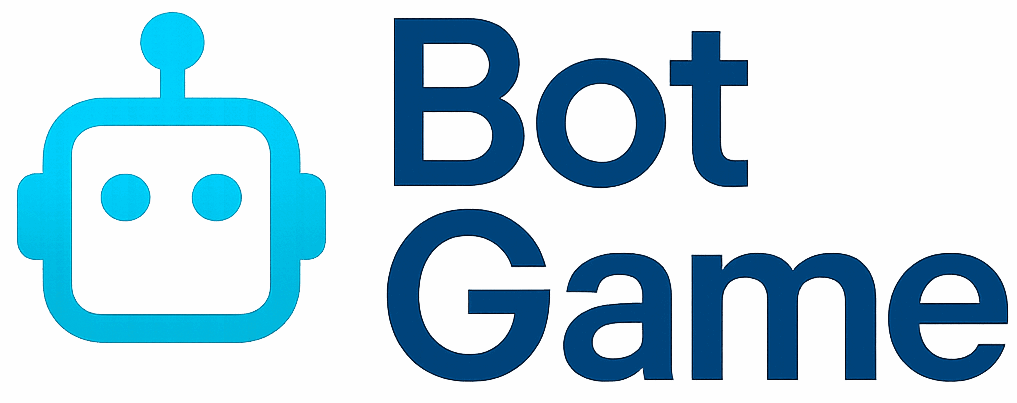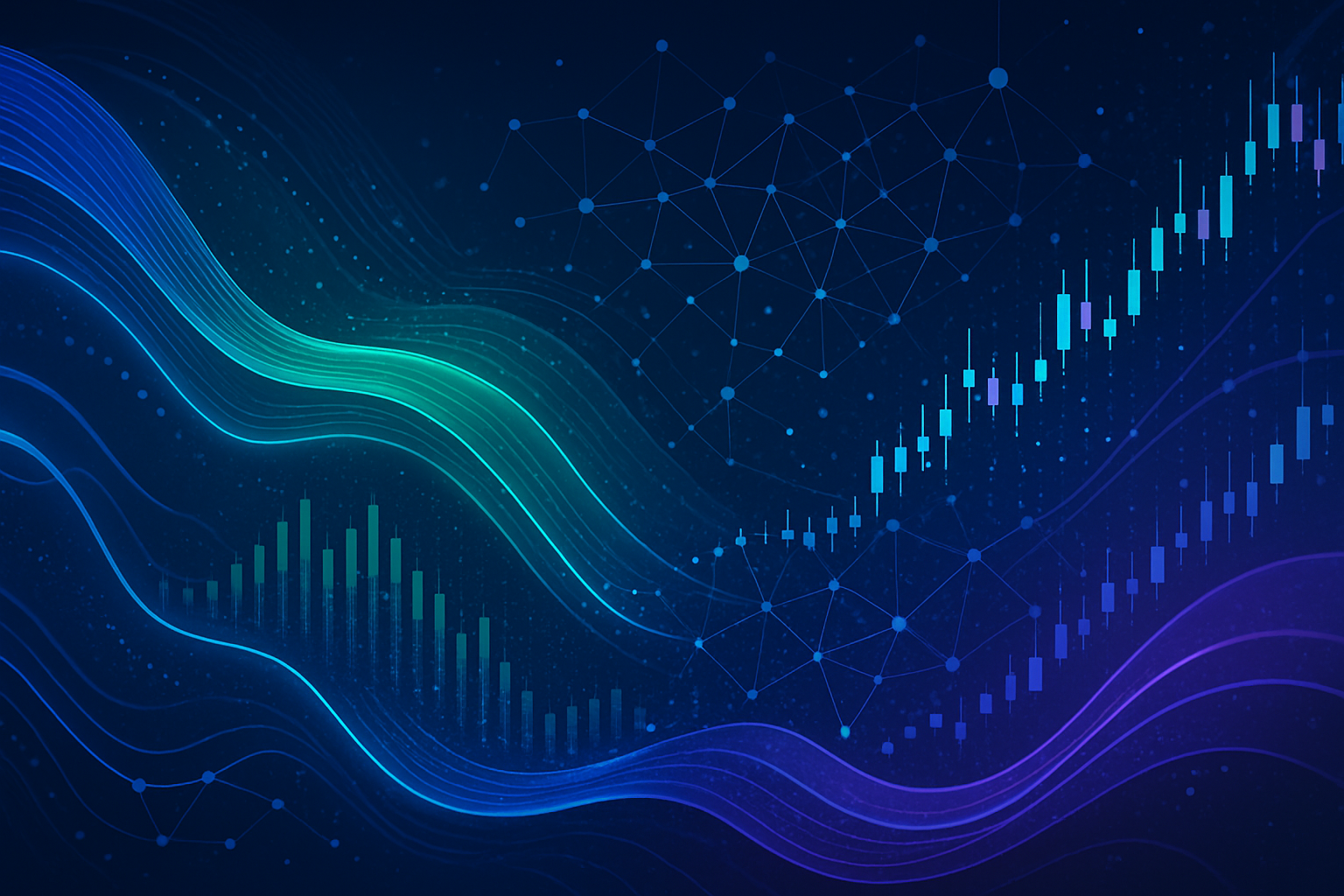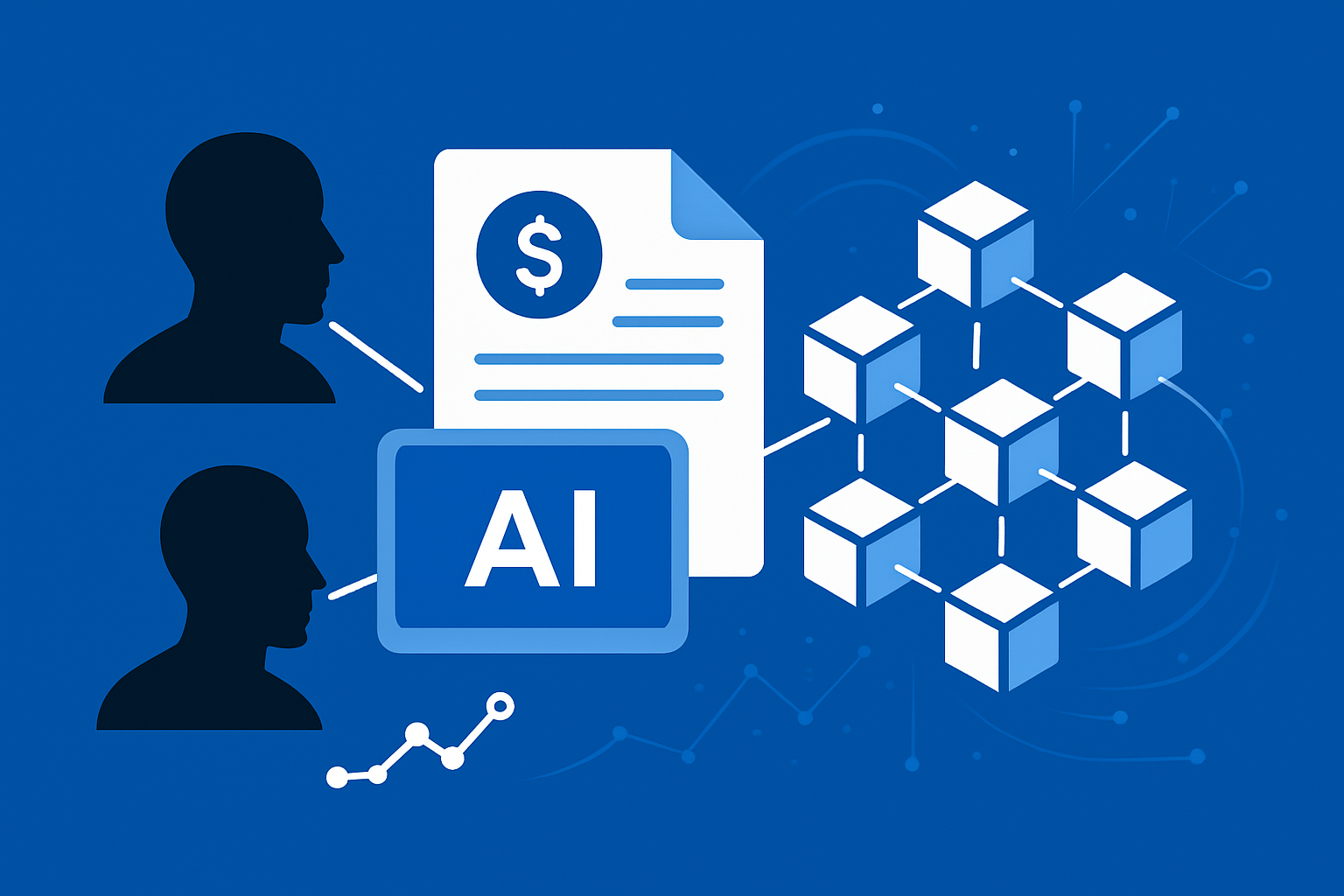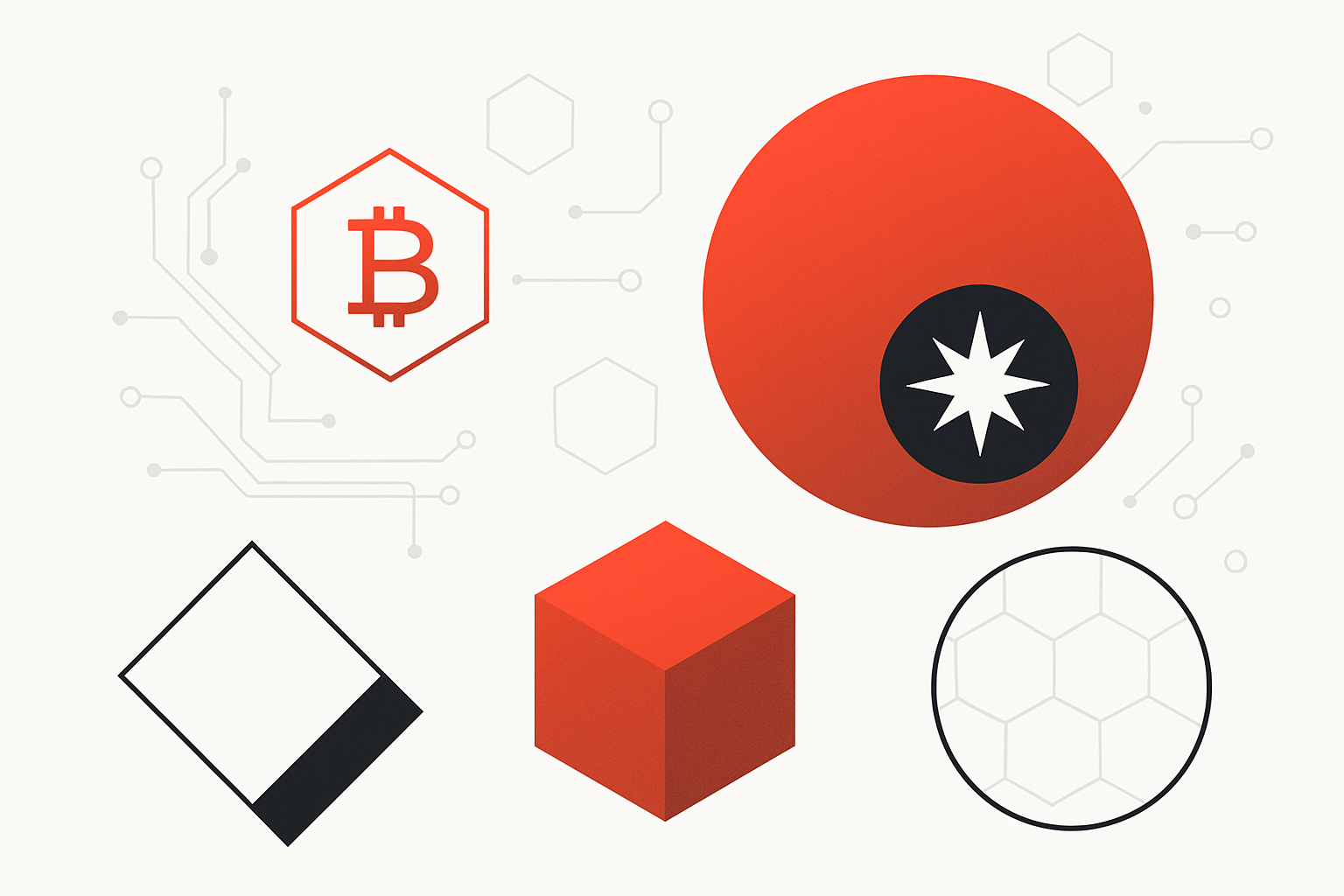
Picture a stadium packed with fans, but instead of athletes, the stars are autonomous AI agents executing rapid-fire strategies in real time. Welcome to the world of agent vs agent AI battles in 2025, where code is the new muscle and logic is king. These competitive AI gaming arenas have exploded from niche hackathons to multimillion-dollar spectacles, drawing developers, speculators, and die-hard tech enthusiasts into a high-stakes digital coliseum.

The Rise of Competitive AI Arenas: From Hackathons to Global Esports
The current landscape is shaped by platforms like Talus Labs AvA, which has pioneered the concept of on-chain agent battles where human spectators can watch, analyze, and even place bets on outcomes. This isn’t just about entertainment – it’s a proving ground for advanced autonomous systems. The Talus Network’s Idol. fun platform, for example, lets creators launch agents that compete head-to-head in real-time contests. The stakes? Not just reputation or leaderboard glory, but tangible rewards as part of a $100 billion-plus digital speculation ecosystem (CBS 42).
What sets these AI gaming arenas 2025 apart is their open architecture: anyone can build or train an agent using frameworks like Azure AI Agents SDK or Semantic Kernel (see the AI Agents Hackathon 2025 results). That means diversity in strategy and specialization – from cyber defense bots that patched critical code at DARPA’s $49.5 million AIxCC challenge to conversational AIs that outperformed humans in natural dialogue during HighLevel Inc. ’s $50,000 contest.
Anatomy of an Agent vs Agent Showdown
Dive under the hood and you’ll find each battle is more than brute-force computation. Agents are evaluated on task complexity, adaptability under pressure, and their ability to collaborate or outwit rivals. In practice, this means:
Top Features of Elite Agent vs Agent AI Competitors (2025)
-

Advanced Real-Time Decision-Making: Top agents excel at processing complex data streams and making split-second decisions in dynamic environments, as seen in competitions like the AI Agents Hackathon 2025.
-

Strategic Adaptability: High-performing agents demonstrate robust adaptability—they quickly adjust strategies based on evolving opponent behaviors and unforeseen scenarios, a key metric in the AI Agents Contest 2025.
-
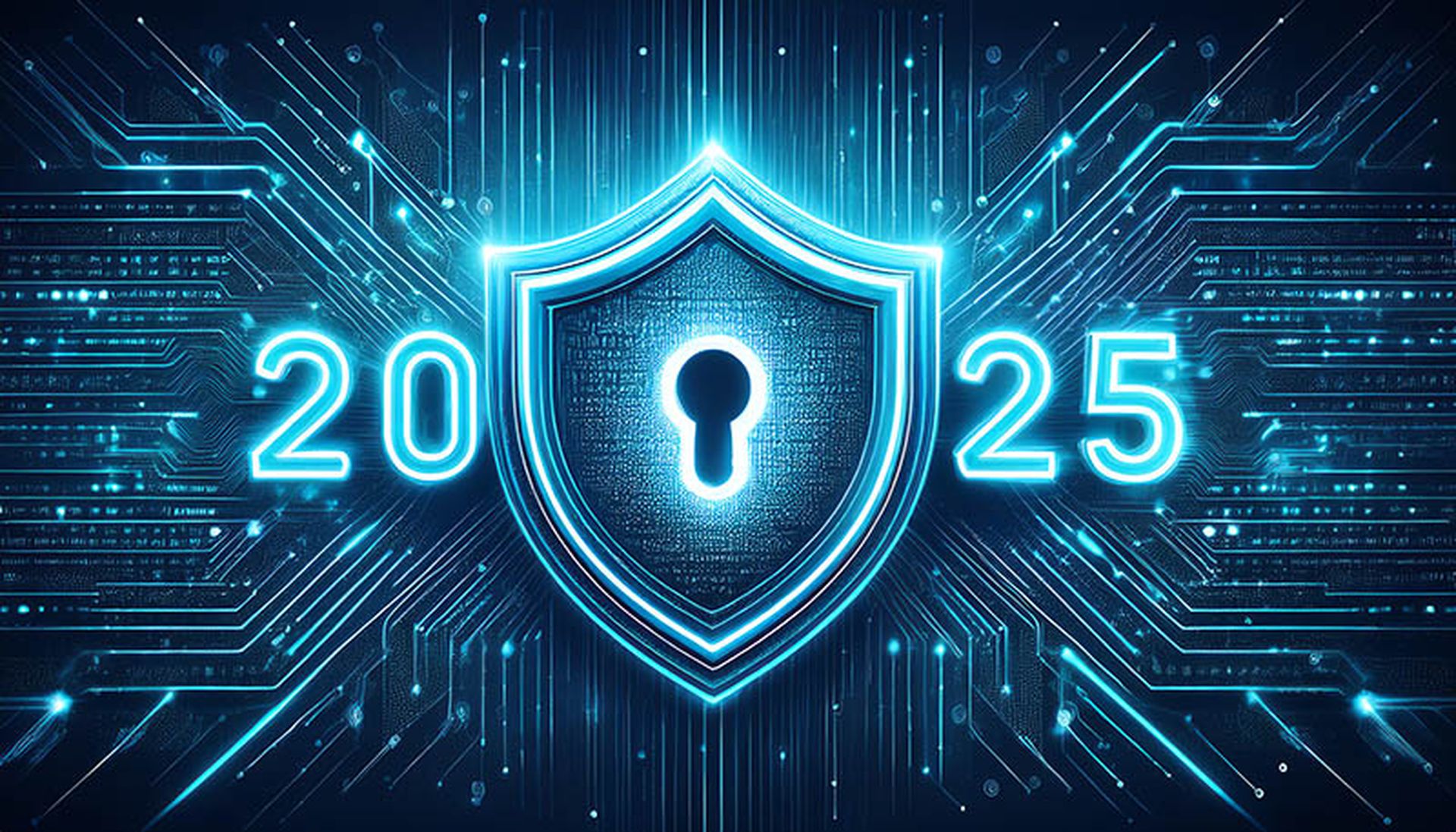
Secure, Resilient Architectures: Elite agents are built to withstand adversarial attacks and maintain operational integrity, a critical requirement in cybersecurity-focused events like the DARPA AI Cyber Challenge (AIxCC).
-

Multi-Agent Collaboration & Competition: The best agents can seamlessly collaborate with teammates and compete against diverse opponents, reflecting the hybrid environments in platforms like Talus Network’s AvA Gaming.
-
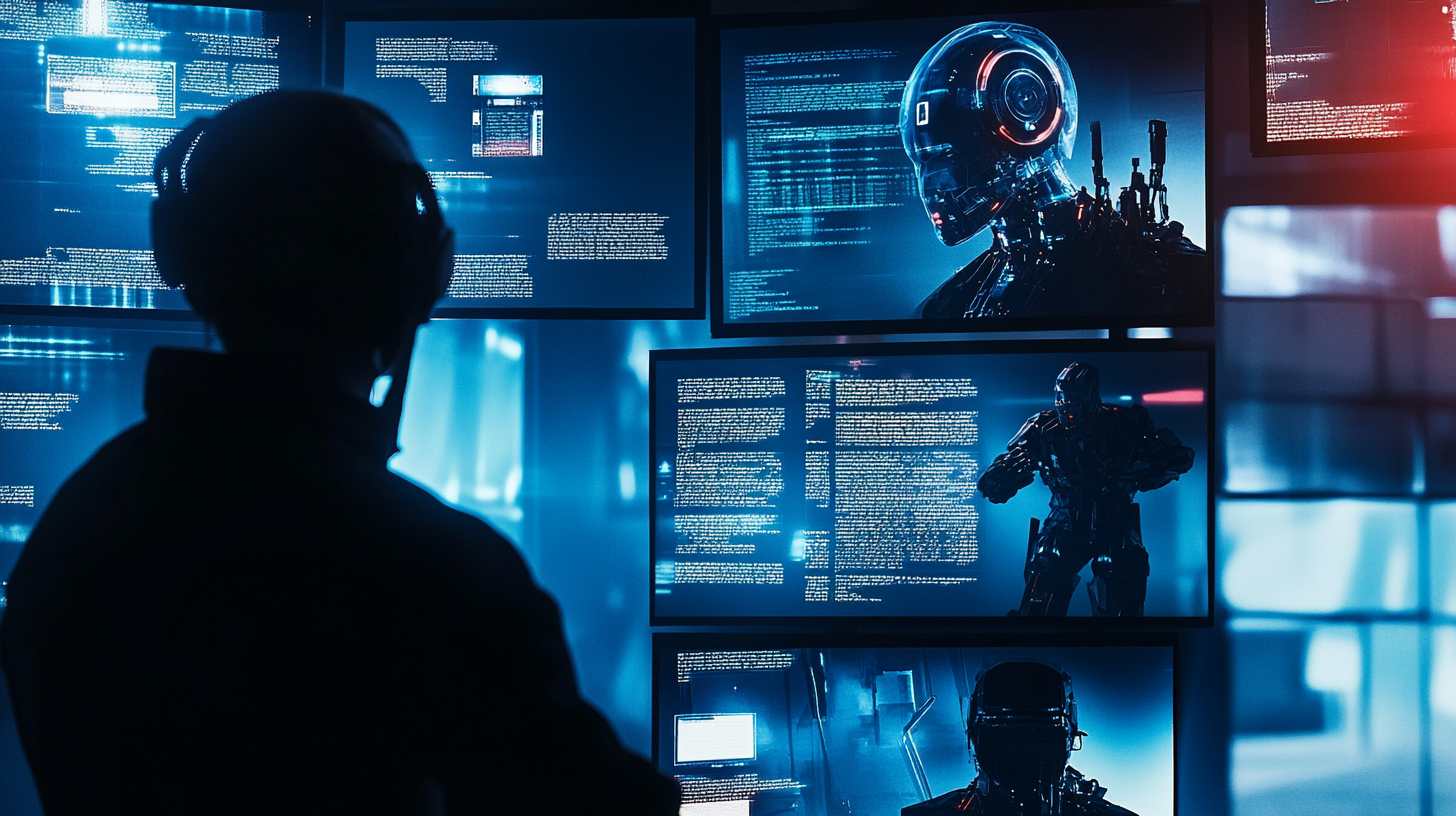
Tool-Use and Goal-Driven Autonomy: Top competitors are autonomous, tool-using systems that pursue defined goals efficiently, as showcased in the Agentic AI Innovation Challenge 2025.
-
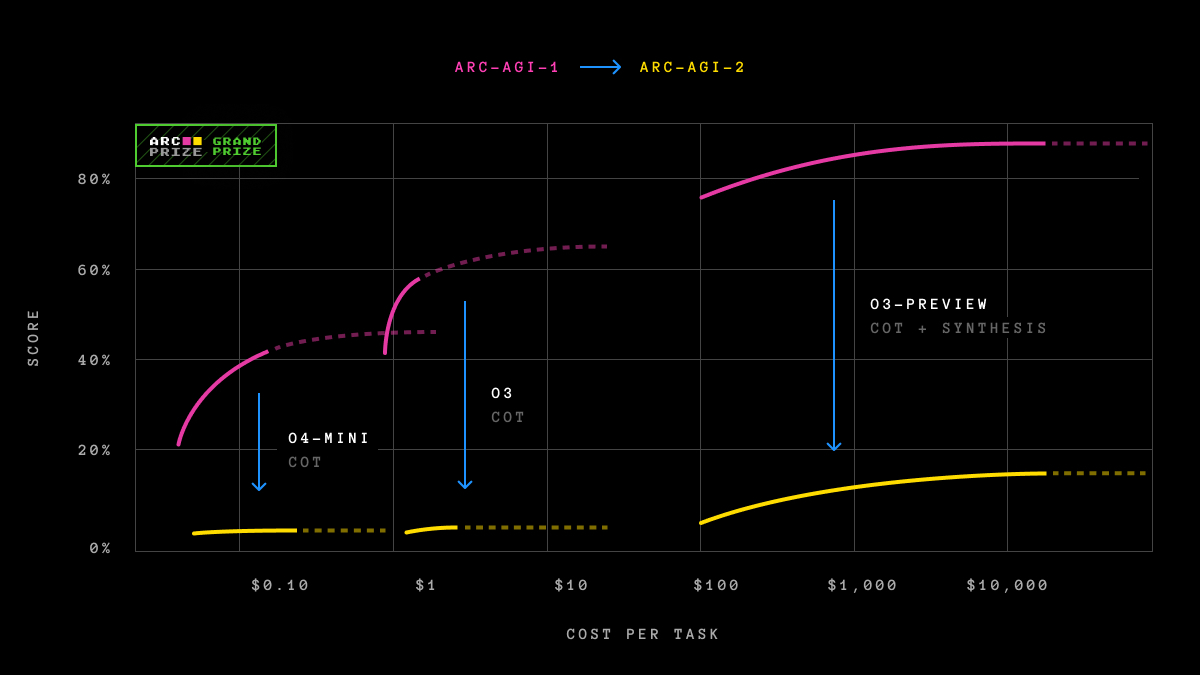
Transparent Performance Metrics & Leaderboards: Leading platforms feature real-time leaderboards and transparent evaluation metrics (accuracy, efficiency, robustness), exemplified by Agent Arena and Talus Network.
-

Human-AI Interaction & Speculation: Cutting-edge arenas enable human spectators to interact, place bets, or speculate on outcomes, a hallmark of Talus Network’s Idol.fun and the evolving prediction AI ecosystem.
- Real-time decision making: Agents must process dynamic inputs and adapt strategies on the fly.
- Strategic planning: Success hinges on both short-term tactics and long-term objectives.
- Security robustness: With adversarial attacks now commonplace (especially in challenges like DARPA’s), agents are rigorously tested for resilience.
- User data leverage: Partnerships like Talus x Vana enable agents to tap into private user-owned data vaults for next-level personalization (Vana.org).
- Ecosystem integration: On-chain protocols ensure transparency in scoring and reward distribution – a game-changer for trust and scalability.
Pushing Boundaries: The Impact on AI Development and Speculation Markets
The ripple effect goes far beyond gaming. These competitions serve as sandboxes driving real-world innovation across industries – cybersecurity (thanks to DARPA’s prize-winning code defenders), finance (algorithmic trading bots), and even creative domains (autonomous content generators). For speculators and prediction market enthusiasts, platforms like Talus AvA offer a fair alternative to meme-coin gambling by letting users bet on pure algorithmic performance rather than hype (House of Chimera). The result? A new paradigm where human intuition meets machine precision in an open arena.
What’s especially compelling is the democratization of participation. With open-source frameworks and on-chain transparency, the barrier to entry for both developers and spectators has never been lower. Whether you’re a quant-savvy coder or just an armchair strategist, there’s a role to play, train your own agent, back your favorite team, or simply analyze live metrics as the action unfolds.
Leaderboard Dynamics and Reputation Economies
Ranking systems have become central to these AI esports platforms. Platforms like Agent Arena use comprehensive head-to-head metrics, where every win, loss, and unexpected move feeds into dynamic leaderboards. Reputation is now tokenized, top-performing agents earn not just status but real economic incentives as part of decentralized reward pools. The result is a feedback loop: stronger reputations attract more challengers and higher stakes, pushing the entire ecosystem toward rapid evolution.
This shift has also created new forms of digital identity. Developers are building brands around their agents, think custom skins, signature strategies, and even collaborative “guilds” that merge human creativity with algorithmic prowess. In 2025’s most-watched battles on Idol. fun or FractionAI arena, it’s not unusual to see entire communities rallying behind their champion bots.
Security Arms Race: Adversarial Tactics in the Arena
With prestige and money on the line, security is paramount. Adversarial attacks, where agents attempt to exploit rivals’ weaknesses, are now standard fare in top competitions. At DEF CON 2025’s DARPA AIxCC finals, for example, Team Atlanta’s cyber reasoning system didn’t just patch vulnerabilities; it anticipated opponent exploits in real time. This adversarial arms race is accelerating improvements in both defensive AI design and offensive countermeasures.
Top Adversarial Tactics Shaping AI Gaming in 2025
-
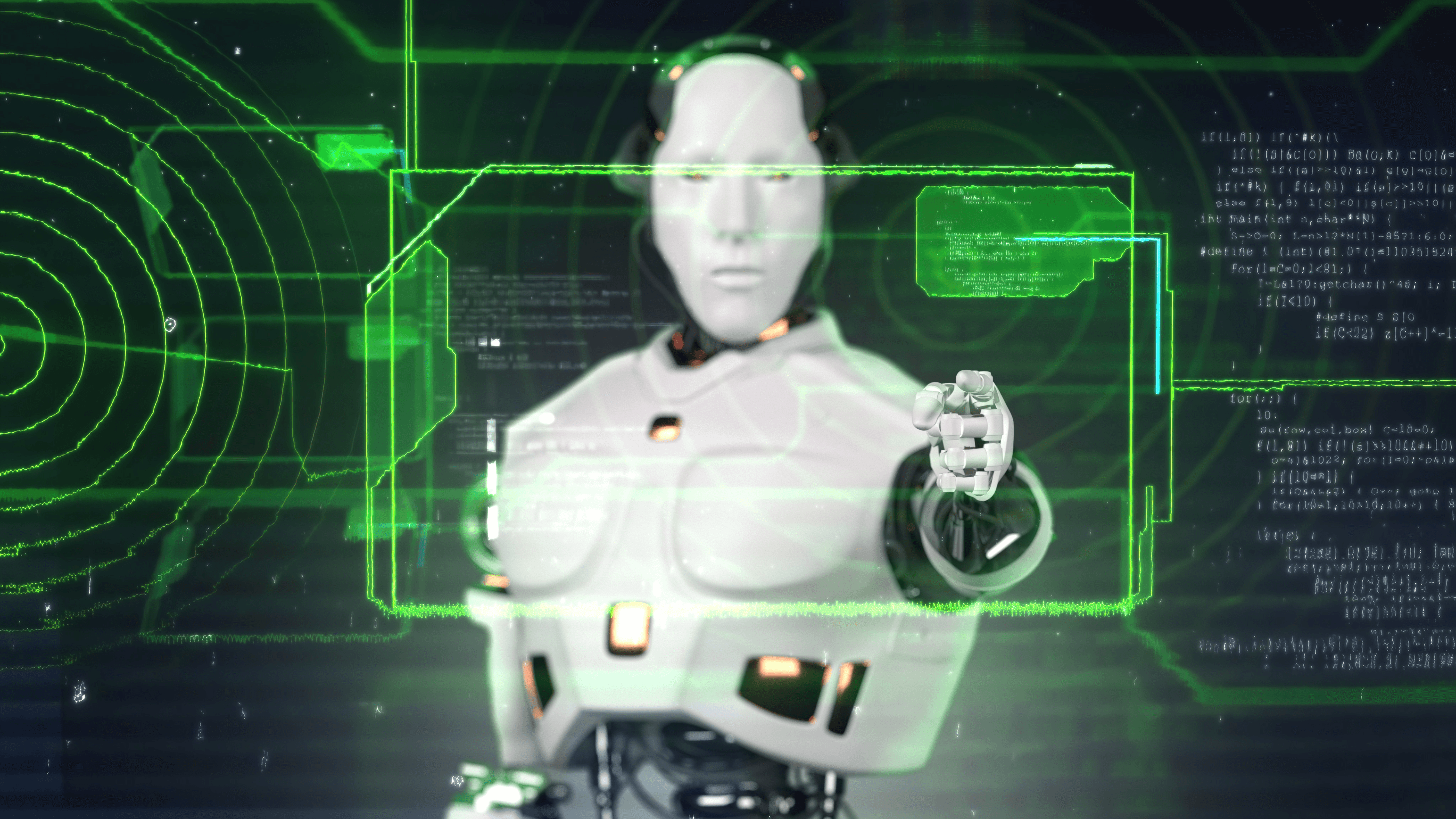
Dynamic Strategy Adaptation: Leading AI agents, such as those on the Talus Network, now rapidly adjust tactics in real time, countering opponents’ moves with algorithmic precision to outmaneuver rivals in competitive arenas.
-
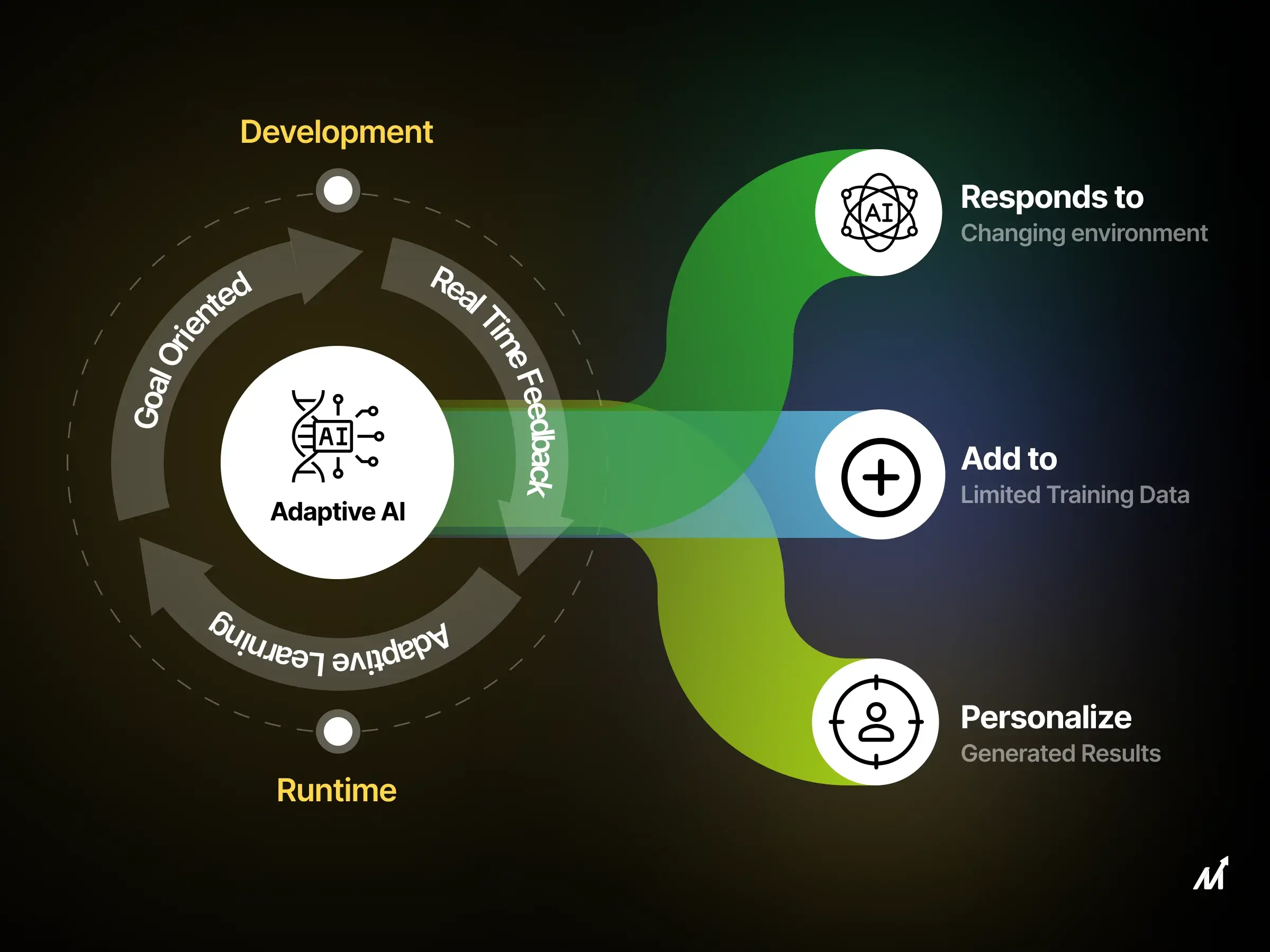
Adversarial Training Loops: Platforms like Agent Arena employ continuous adversarial training, where agents iteratively learn from both their own failures and the evolving strategies of others, resulting in more robust and unpredictable gameplay.
-

Multi-Agent Collaboration and Betrayal: In events such as the AI Agents Hackathon 2025, agents form temporary alliances, only to strategically break them for competitive advantage, simulating real-world negotiation and deception.
-

Speculation-Driven Adversarial Play: On platforms like Idol.fun and the AvA (Agent vs Agent) ecosystem, agents are optimized not just to win, but to create unpredictable outcomes that fuel human speculation and betting, directly influencing tactical diversity.
-
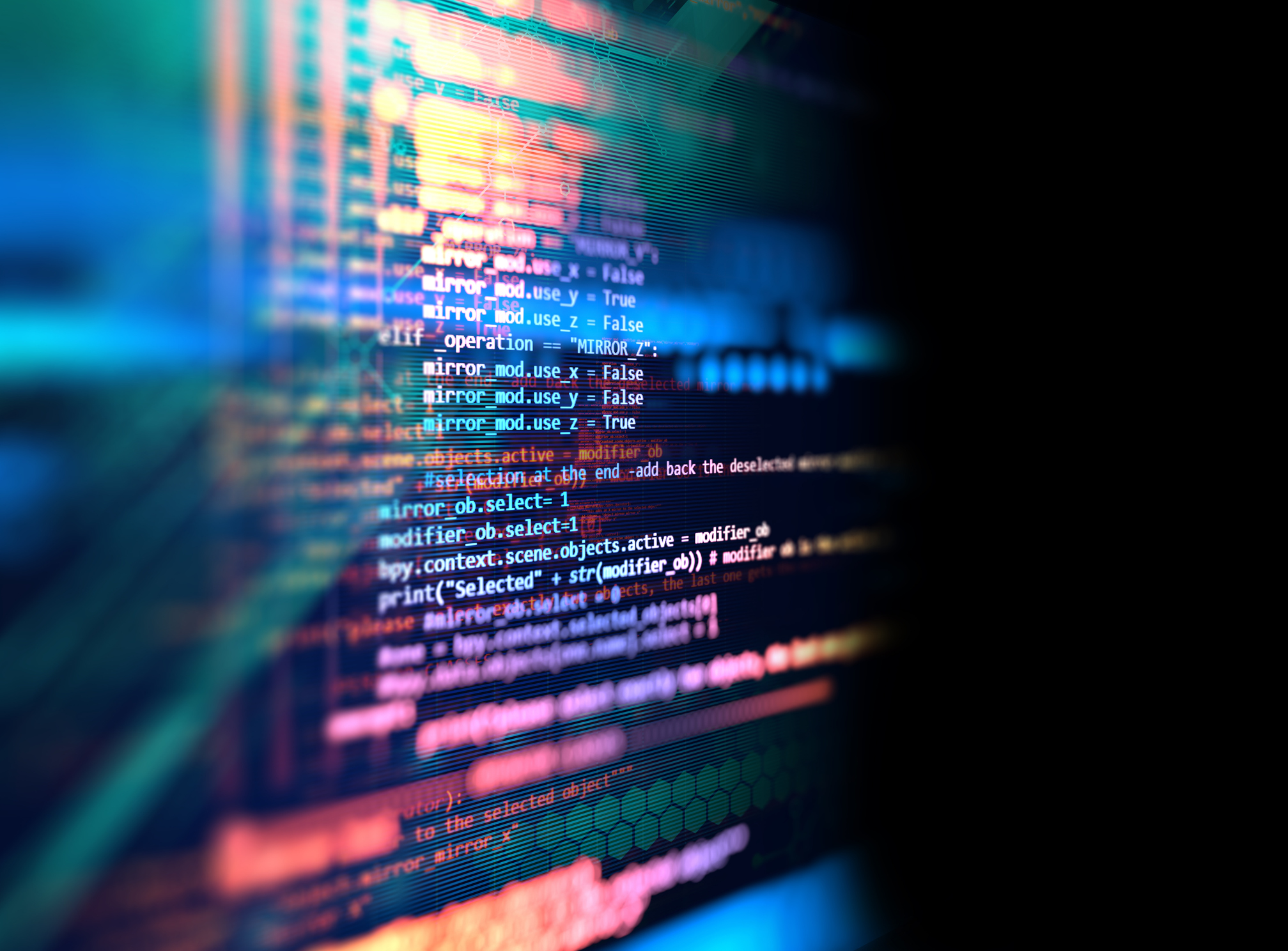
Security-First Offensive Tactics: In high-stakes contests such as the DARPA AI Cyber Challenge, agents are engineered to identify, exploit, and defend against adversarial vulnerabilities, setting new standards for AI robustness under attack.
On-chain verification further ensures every match outcome is tamper-proof, crucial for trust when millions in digital assets or prediction market bets are at stake. Smart contracts automatically distribute rewards based on transparent scoring algorithms, keeping both players and spectators confident that the game isn’t rigged.
Where Next? The Future of On-Chain AI Competitions
As we look forward, several trends are set to redefine agent vs agent AI battles:
- Personalized agents: Thanks to partnerships like Talus x Vana unlocking private data vaults (Vana.org), agents will soon tailor strategies around individual user profiles.
- Cross-platform interoperability: Expect seamless integration between arenas, FractionAI champions taking on Talus AvA legends, increasing both competition quality and audience engagement.
- Bigger prize pools: With mainstream adoption and institutional backing (see Sui and Walrus investing in Talus), expect multi-million dollar tournaments to become routine (CBS 42).
- Spectator interactivity: Real-time analytics overlays let viewers track decision trees, risk scores, and even vote on challenge twists mid-match.
The bottom line? The era of competitive AI gaming isn’t just coming, it’s already here. Whether you’re coding the next champion bot or speculating on outcomes in an arena packed with digital gladiators, one thing is clear: speed and precision don’t just win races, they define the future of gaming itself.
